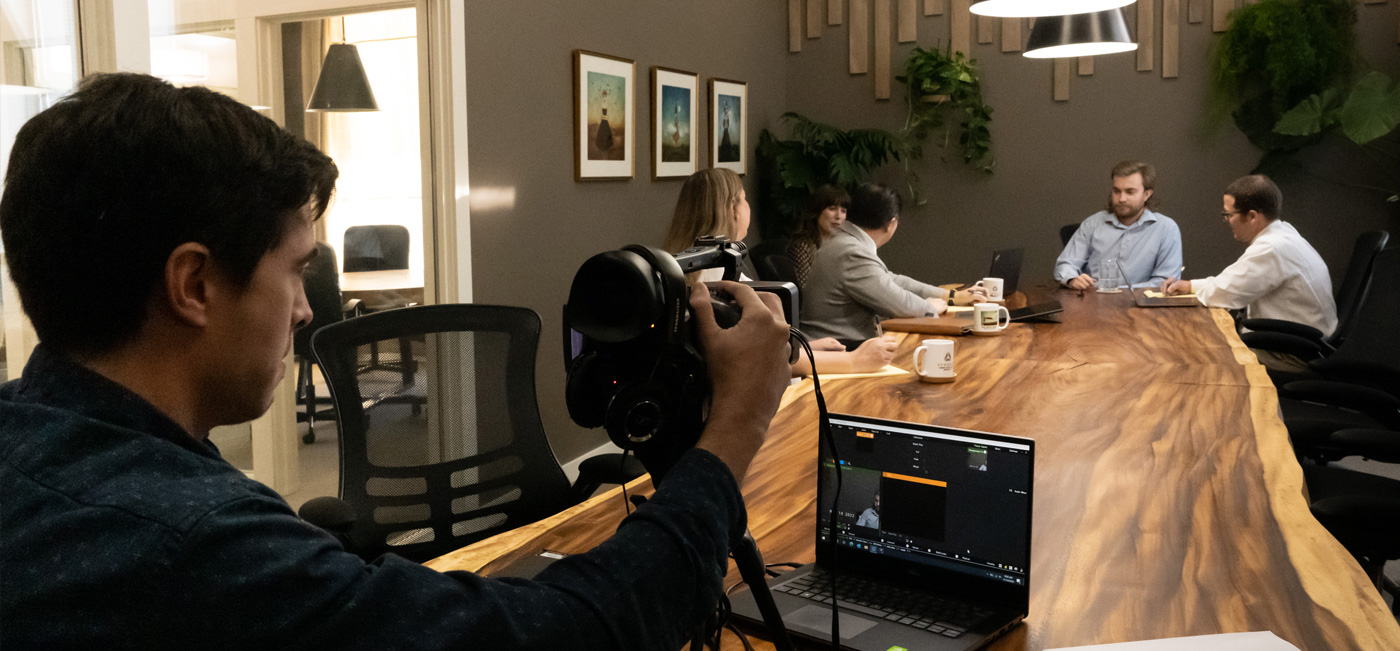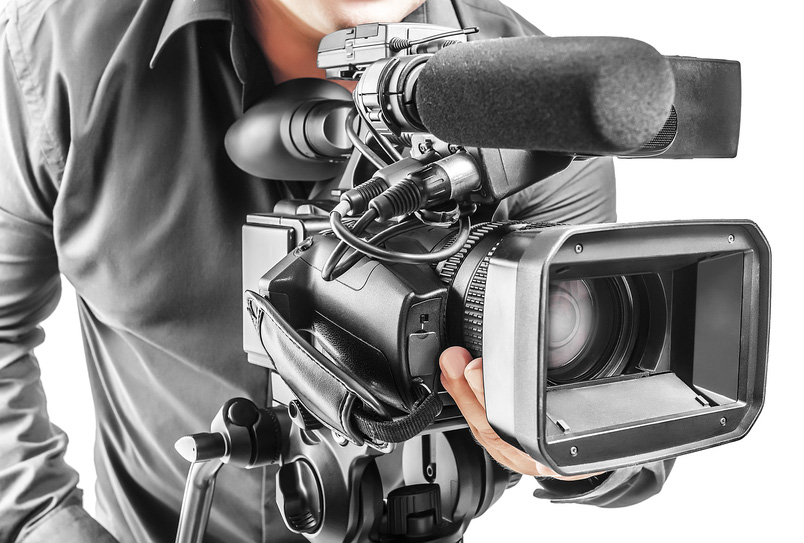The Duty of Legal Videography in Modern Legal Process
The Duty of Legal Videography in Modern Legal Process
Blog Article
Discovering the Vigor of Legal Videography: a Comprehensive Insight Into Its Capability in Maintaining Accurate Visual Records for Legal Situations
Lawful videography stands as an important element in the realm of legal process, acting as a silent yet powerful viewer in the search of justice. The utilization of video modern technology in documenting legal instances surpasses plain record-keeping; it envelops the very significance of events, feelings, and statements that unravel within courts. By carefully recording aesthetic evidence, lawful videography not only maintains the accuracy of these minutes however also gives a deeper understanding of the intricacies included. As we delve right into the performance and importance of lawful videography in the context of legal instances, a profound understanding dawns upon the important duty it plays in shaping the training course of justice.
Relevance of Legal Videography
Highlighting the pivotal role of lawful videography in contemporary lawful process, its significance exists in its capacity to supply irrefutable visual evidence that boosts the discussion of facts and statements. By capturing online occasions, depositions, and witness testaments in a video format, legal videography makes certain that every subtlety, detail, and expression is precisely maintained for later testimonial. This aesthetic documents functions as a powerful tool in courts, enabling judges and jurors to better comprehend the context of a situation and make notified choices based upon the offered proof.
Moreover, lawful videography adds to boosted openness and responsibility in the legal system. In essence, the significance of lawful videography lies in its ability to copyright the honesty of the lawful procedure by catching and protecting precise aesthetic records that support the quest of justice.
Performance in Lawful Paperwork
Lawful videography's role in modern-day legal process extends past offering aesthetic proof; its capability in legal documents is vital for accurately maintaining the details of statements and occasions. With the thorough recording of depositions, courtroom process, witness testimonies, and criminal activity scene investigations, lawful videography ensures an unfiltered account of events that can be taken another look at and evaluated throughout the legal process. This exact documentation works as a crucial resource for legal representatives, judges, and juries to reference details minutes, body language, faces, and subtleties that might not be totally captured in composed transcripts alone.
In addition, lawful videography plays a critical function in keeping the stability of lawful process by reducing the danger of false impression or manipulation of information. The visual records caught with lawful videography give an unbiased representation of the facts presented during a case, providing a dependable and extensive source of evidence that can considerably influence the end result of lawful disagreements (Legal Videography). Essentially, the capability of lawful videography in lawful paperwork acts as a foundation in maintaining transparency, accuracy, and fairness within the legal system
Importance in Visual Evidence Conservation
Preserving aesthetic evidence with meticulous recording strategies is a vital aspect of lawful videography. By accurately recording these visuals, lawful videographers play a vital role in making sure the integrity and credibility of evidence provided in court.
Aesthetic evidence conservation also helps in protecting against misunderstandings or false impressions that can occur from created or verbal statements. The ability to see and hear occasions as click to read more they occurred can substantially influence the outcome of a situation. Furthermore, aesthetic evidence can function as an effective device for other both the prosecution and defense in offering their arguments persuasively.
Role in Ensuring Justice
In the search of just lawful and reasonable results, the function of legal videography is essential. Lawful videography plays a crucial duty in making sure justice by supplying precise and unbiased visual evidence that can significantly influence the result of legal instances.
In addition, legal videography works as a method of protecting turning points and information that may be missed out on or misinterpreted in written records (Legal Videography). By documenting scenes, actions, and communications in real-time, legal videography aids avoid misrepresentations and makes certain that all celebrations involved have accessibility to the same details, promoting openness and liability in the legal procedure. Eventually, using lawful videography not only improves the efficiency of lawful procedures but also supports the principles of justice and equity in the lawful system
Essential Device for Legal Cases

Verdict
To conclude, lawful videography plays a critical function in protecting accurate aesthetic records for legal cases. Its relevance depends on its functionality in lawful paperwork, significance in aesthetic proof preservation, and role in making certain justice. As a crucial tool for lawful situations, lawful videography functions as a valuable source for providing aesthetic evidence and adding to the general integrity of the lawful process.
Lawful videography's function in modern lawful proceedings prolongs beyond providing aesthetic evidence; its capability in legal documentation is crucial for precisely preserving the information of statements and events. In significance, the functionality of lawful videography in lawful documentation serves as a foundation in upholding transparency, precision, and fairness within the legal system.
Inevitably, the use of legal videography not just enhances the effectiveness of lawful proceedings however also supports the concepts of justice and equity in the lawful system.

As a vital device for legal situations, legal videography offers as a valuable source for presenting aesthetic evidence and adding to the overall stability of the lawful process.
Report this page